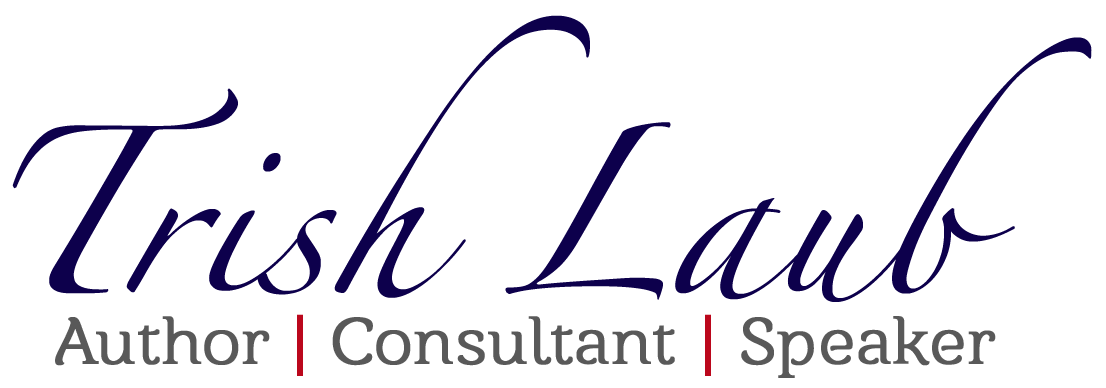The Three-Ring Caregiving Power Tool
/Published on Elephant Journal, October 30, 2019
Whether you are at the beginning or in the midst of your care journey, the need will undoubtedly arise to keep track of information -- a lot of information, some of it critical. Also, the longer your care journey, the more likely that your sense of time and the increasing amount of information will become somewhat of a blur as a result of mental overload. Possibly the greatest challenge caregivers face is the gathering and organizing of information so that it is easily accessible, current and effectively disseminated.
Every trade has a power tool, whether an electric drill or a laptop. While my family provided for our parents, we had ours—the three-ring binder. In fact, we generated a mini-library of labeled three-ring binders complemented with additional spiral notebooks. This unfussy and convenient system of three-ring binders and notebooks helped my family stay organized and able to deliver the dignified care and end of life my parents’ desired.
Here are the details:
1) Almighty Emergency Book
Red is the perfect color for this three-ringed binder labeled “Emergency Information Book.”
This book stayed in a designated spot when not in use. It also accompanied my parents every time one of them went to the Emergency Department or hospital. Upon return home, it was immediately updated and returned to its place of honor.
Copies, not originals of legal documents, including insurance cards and driver’s license, were placed in the binder. The binder contained:
a) Emergency contact information: name, relationship, phone number for each contact
b) Medical power of attorney: name and phone number and copy of the document.
c) Medical history – summary, listing past medical issues and current health details, especially any recent hospitalizations or episodes
d) Family medical history
e) Allergies
f) Current prescription medicines, and any over-the-counter products and supplements: name, dosage and schedule of administration
g) Physicians: primary care and all specialists listing name and phone number
h) Advance Directives
i) Do Not Resuscitate order, if applicable
j) Medical insurance cards – private, Medicare and secondary, or Medicaid
k) Driver’s license or government issued id
2) The 99-cent Investment: one ongoing, one per medical episode
The spiral notebook also became one of our most valuable tools. Buy a half dozen. My family’s first spiral notebook was used to record doctor appointments. We soon found that we needed to start a new spiral notebook for each medical episode, labeled with the date and episode type on the cover.
Each episode and resultant new spiral notebook was usually initiated with a visit to the Emergency Department. We then documented everything that happened in regard to the episode. Sometimes it felt a bit labor intense, but we always found that we needed to go back to these pages to find important, and sometimes life-saving, information. It also allowed for family members and other caregivers to quickly get up to speed on a sometimes critical situation. Additionally, it provided a central place for all to write their questions, and a place to document the answers.
3) Library of Notebooks:
Initially the Emergency Information Book and the spiral notebooks were all my family used. But as medical needs escalated, I developed a library of three-ring binders, one for each specific type of information associated with my parents’ care such as: medical papers, financial, insurance claims, legal documents, bills, caregivers, medical facilities, palliative and hospice care services, etc.
4) The Caregiver Book
The caregiver book was just for the caregivers. It stated our daily objectives and the requirements of each shift, any caregiver agreements and responsibilities, and specifics of care.
5) Daily Care Book
The Daily Care Book was the backbone of our caregiving. It contained:
a) The monthly caregiver schedule
b) Daily log sheets: tracked medications; special procedures, such as ADLs, for example, shower taken, etc.; and activities.
c) Shift-turnover sheets: to assist multiple caregivers in communicating
d) Team newsletters: to keep all care team members up-to-date and motivated
With a system based on a simple but powerful tool, my family was able to the deliver dignified care and the end of life that our parents desired.




